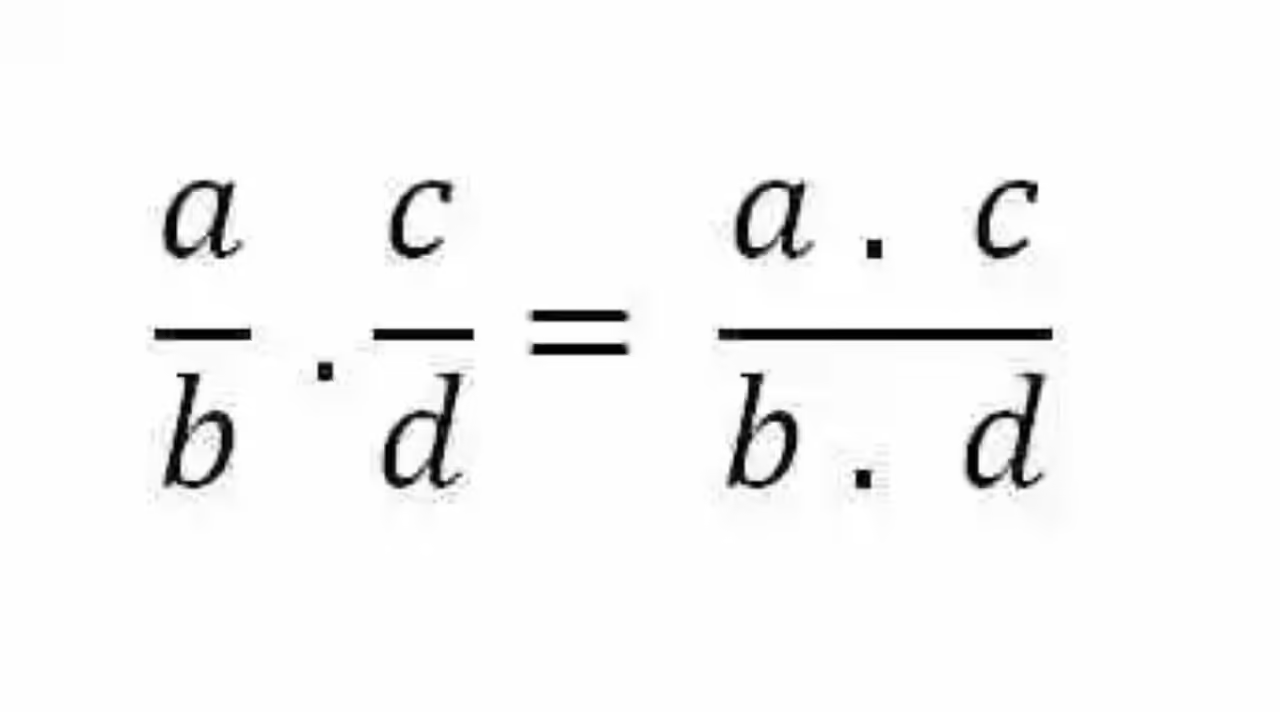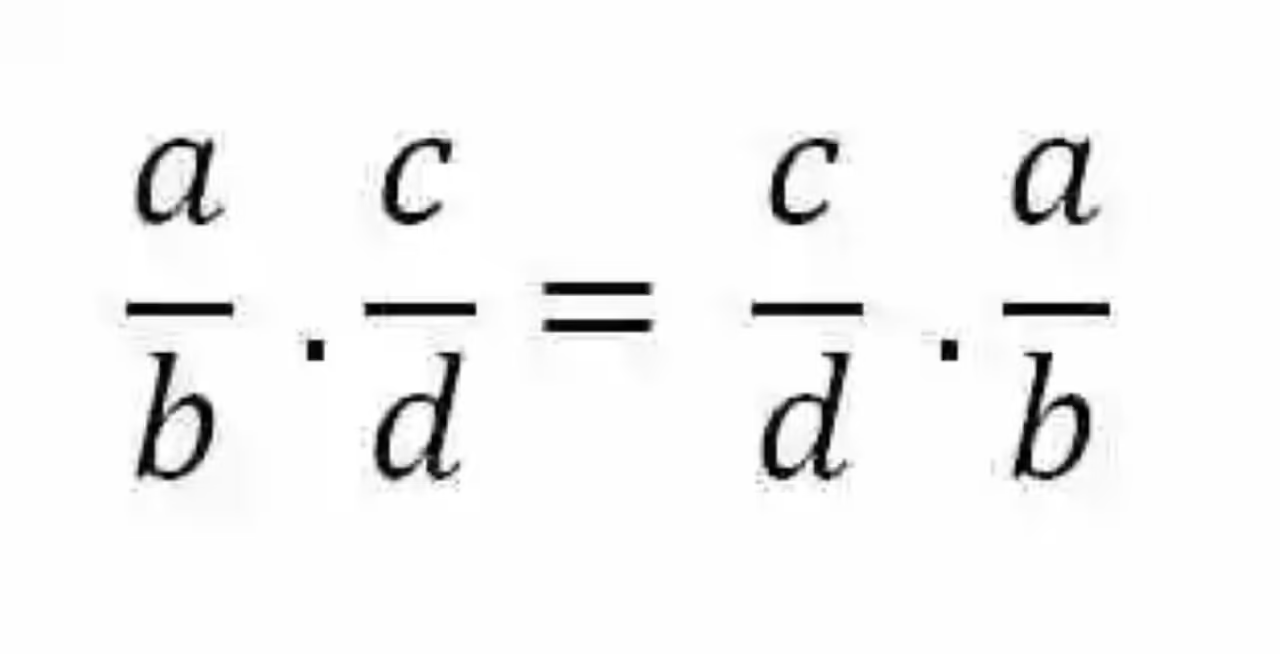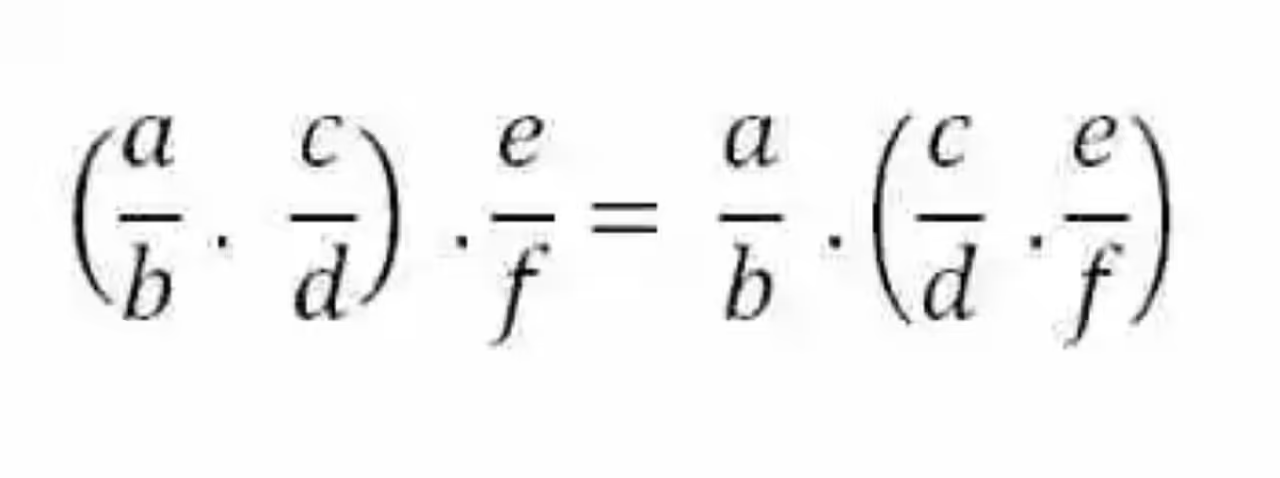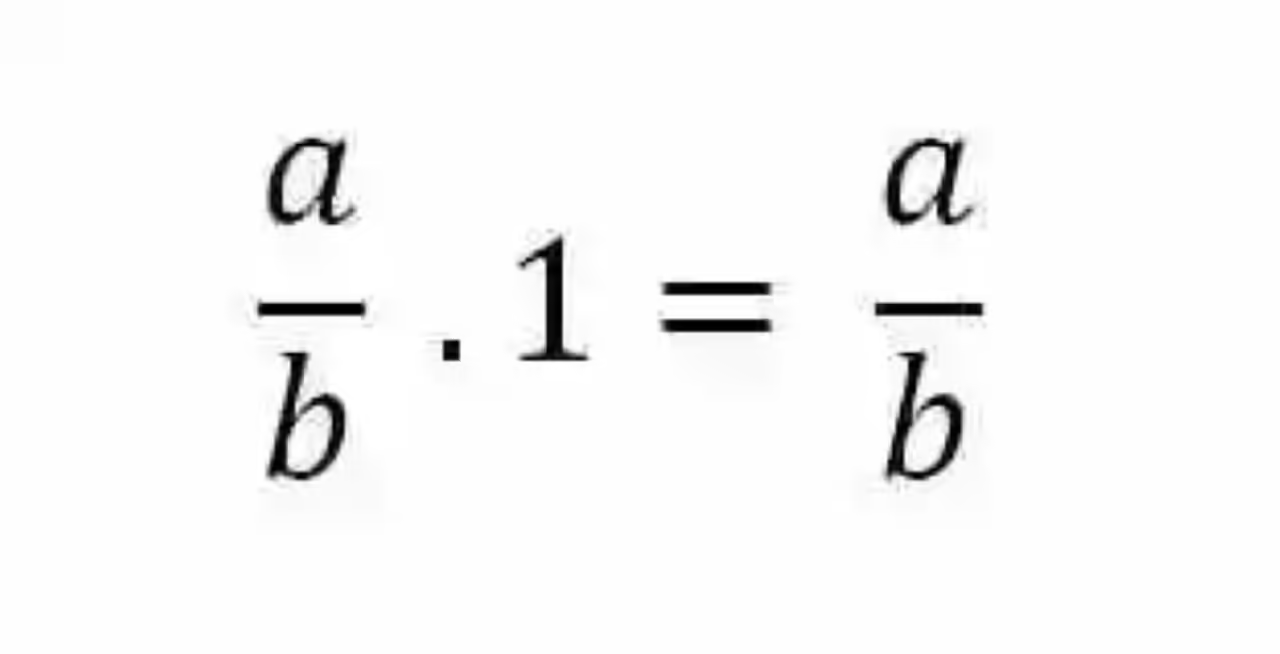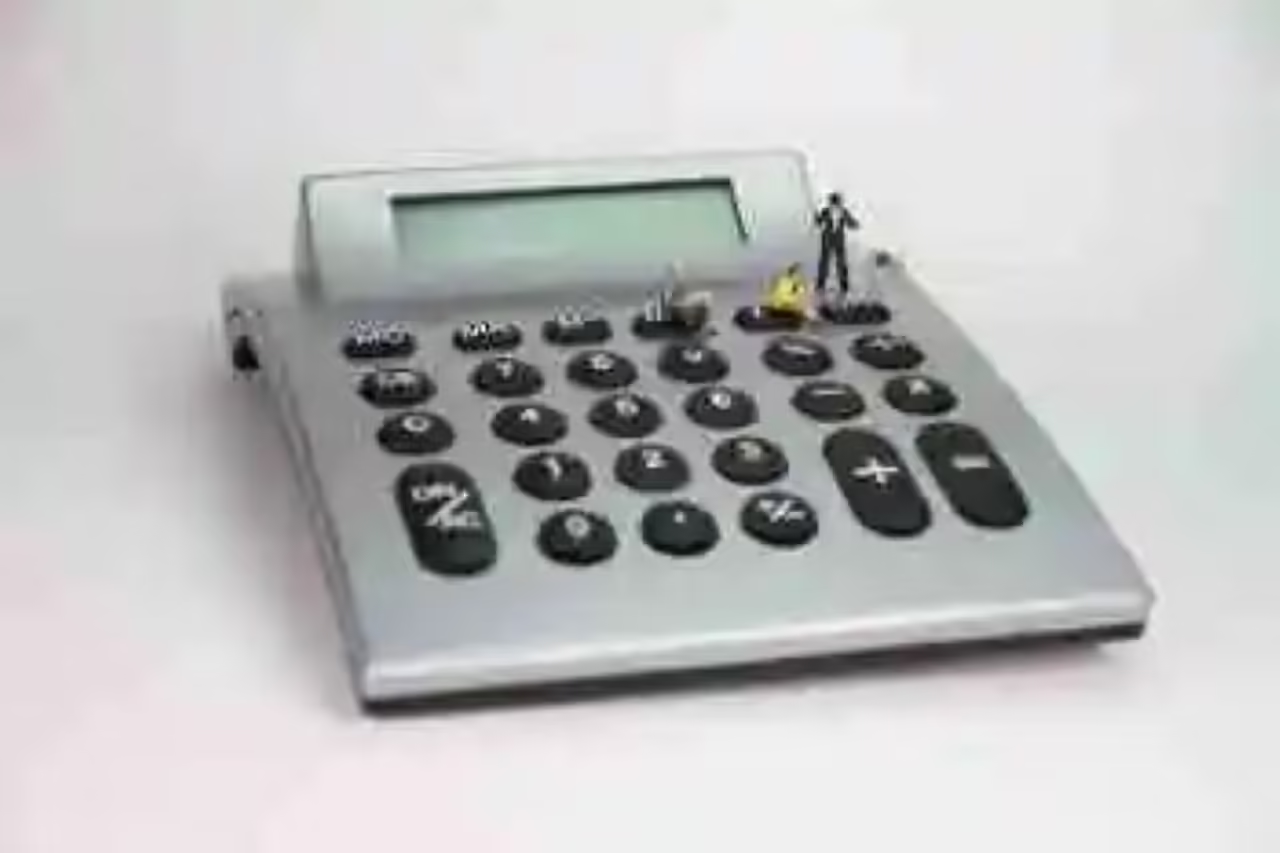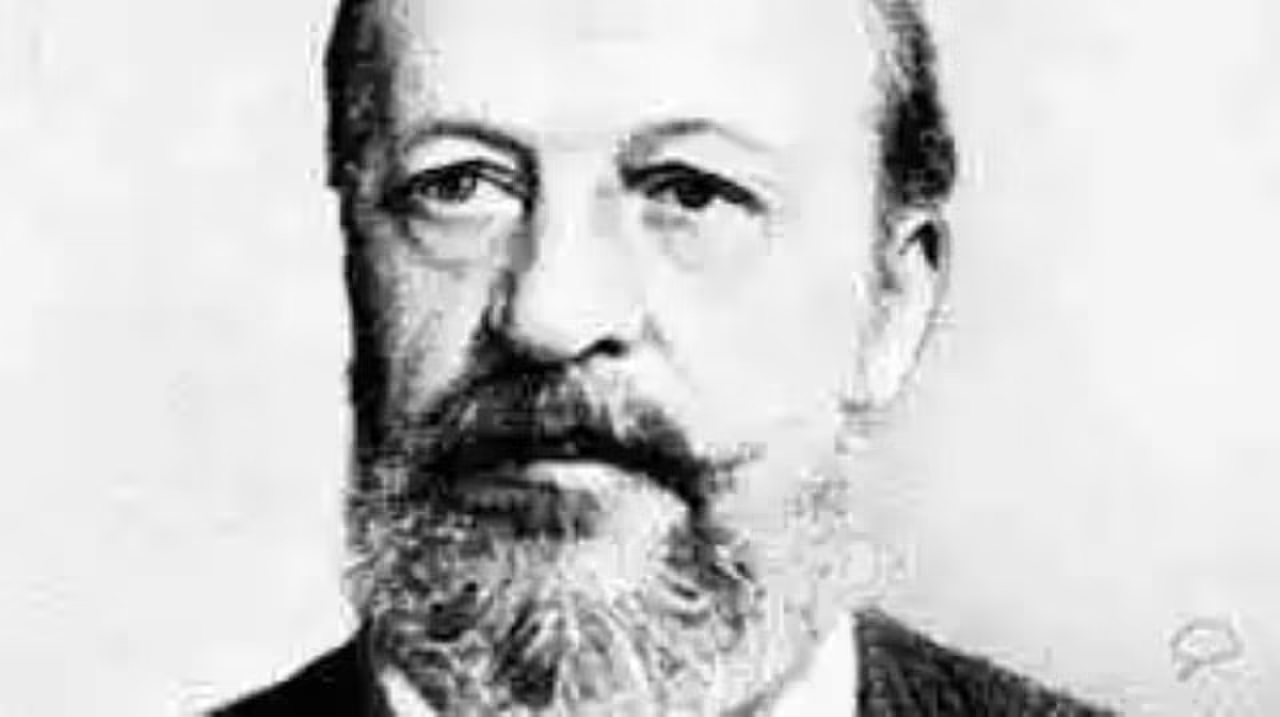Perhaps best, prior to advancing on an explanation of Internal Property in fraction multiplication, is to revise some notions, which will allow us to understand this Law within its precise mathematical context.
Fundamental definitions
In this sense, it may also be useful to delimit this theoretical review to two specific notions: the first, the very definition of Fractions, since this will allow to have the nature and characteristics of the expressions on the basis of which the operation in which this internal property is fulfilled arises.
It will also be necessary to review the concept of Fraction multiplication, since this will make it possible to be aware of the operation in which this Mathematical Law takes place. Here are each of these concepts:
Fractions
In this way, we can begin by saying that fractions have been explained in general by the mathematical properties present in the multiplication of fractions
Possibly the best way to advance an explanation of the different mathematical properties that can be seen in Fraction multiplication is to start with a theoretical review, which allows to address some specific notions, which will be of usefulness in understanding each of these mathematical laws within their specific context.
Fundamental definitions
Consequently, it may also be necessary to delimit this theoretical review to two specific notions: the first, will be the very definition of fractions, as this will be crucial to take into account the nature of the expressions involved in the operation where each of these math laws take place.
Equally, it will be prudent then to shed light on the concept of Fraction Multiplication, as this is the operation where each of these properties occurs. These definitions are below:
Fractions
In this way, one can begin to say that mathematical discipline has generally defined the fraction as the mathematical expression by which it realizes a fractional number,that is, it serves to represent non-whole or non-exact amounts. Thus, Mathematics indicates that in fractions two elements can be found, each of which is defined in turn as follows:
- Numerator: First, you will find the Numerator, which will be understood as the number that is available at the top of the fraction. Its specific mission is to account for the parts that have been taken or represent the fraction.
- Denominator: On the other hand, the Denominator will consist of the number located at the bottom of the fraction. Your task is to indicate how many parts the whole is divided into.
Multiplication of fractions
Likewise, we should take a moment to bring to chapter the definition of fraction multiplication, which is understood by Mathematics as an operation by which it seeks to determine what is the product that is obtained whenever it is subjected to a fracc specific ion to the sum itself, as many times as a second fraction points out, hence this operation is pointed out by some authors as an abbreviated sum of fractions.
In relation to the specific way in which this type of operation should be resolved, the different authors agree that the appropriate way to obtain the product will be by subjecting a multiplication operation to all the numbers that constitute the numerators, since this will obtain the numerator of the product, repeating the same procedure with the number that constitutes the denominator. This operation, or the correct form of its resolution can be expressed mathematically as follows:
Mathematical properties present in Fraction Multiplication
Having revised these definitions, it is perhaps certainly easier to approach the concept of each of the Mathematical Laws that can be found in the Fraction Multiplication operation, which have been defined as follows:
Commutative property
First, you will find the Commutative Property, a law that dictates that whenever there is a multiplication operation between two or more fractions, these expressions may alter their position or order, without this representing an alteration in the final product, because the Comcomative Property actually “the order of factors does not alter the product”. This law shall have the following mathematical expression:
Associative property
Likewise, the Mathematics notes that in the operation of Fraction Multiplication the Associative Property may take place, since when three or more fractions multiply among them, they can establish different associations or relationships, without this change in the value of the product. For its part, this mathematical property may be expressed as follows:
Distributive property
Likewise, within the different mathematical properties that take place in the Multiplication of fractions, you will find the Distributive Property, which indicates that whenever you are facing a multiplication and sum of fractions, you will then have to be the same results will achieve whether a fraction is multiplied by the total obtained between two or more add-ons or if on the contrary the results of the multiplication of this first fraction are added by each of the elements or fractions that exert as summing, equivalence which may be represented as follows:
Ownership on the common factor
Thus, within the Multiplication of Fractions can be found a mathematical property, which can be considered as the inverse form of the Distributive Property, which is also given in relation to the sum, but which is intended to find which is the common factor by which the elements of an operation can be multiplied.
Consequently, this Law on the Common Factor will indicate that whenever a fraction multiplies equally to the fractions that serve as additions, it can have the same result as if the total of these additions were multiplied in a common way, a procedure that can be explained mathematically as follows:
Property of the Neutral Element
On the other hand, within the Multiplication of fractions can also be found the Property of the Neutral Element, which corresponds to the Law that always and whenever a fraction is multiplied by the unit the fraction itself will be obtained as a result, since the unit functions as the neutral element for this type of operation. This property can be represented mathematically as shown below:
Internal property
Similarly, in relation to the Multiplication of fractions it can be found that the Mathematics indicates that provided and whenever such an operationis carried out, the product obtained will have to be unequivocally another fraction, hence this Law is named Internal Property, as it results in a fractional number.
Property of the Reverse Element
Finally, within the Fraction Multiplication will take place the property of the Reverse Element, mathematical law that will indicate that whenever a fraction is multiplied by its inverse, the result will be equivalent to the unit. Likewise, this discipline indicates that the inverse of a fraction will be another fraction where the elements of the first operation can be inverted. This Law may be expressed as follows:
Picture: pixabay.com

